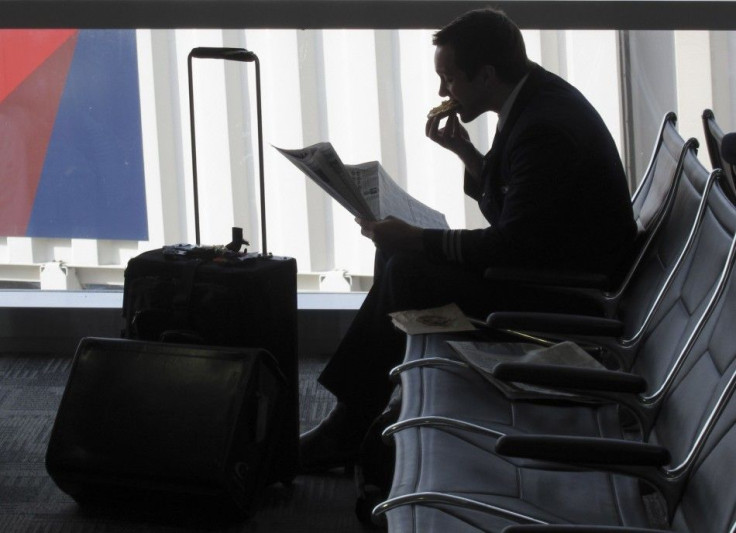Global Business Travel To Accelerate In 2014

Business travel finished 2013 with stronger-than-expected growth and, according to a new report from the Global Business Travel Association, 2014 will be even rosier. GBTA said in its forecast released Wednesday that its robust outlook for 2014 was propelled, in part, by strong investment in international outbound travel, an underperforming sector over the previous two years.
The Virginia-based association for business travel managers believes spending on outbound travel will jump a hefty 12.5 percent in 2014 to $36.7 billion, marking the first time there’s been double-digit growth in years. By comparison, spending on outbound travel inched up just 1.8 percent in 2013 and an anemic 0.8 percent in 2012.
Steady improvements in the euro zone, the largest trading partner of the United States, are to thank for the exceptional growth forecasted for the coming year.
Overall, GBTA expects U.S. business travel spending to advance 6.6 percent to $289.8 billion in 2014, while it predicts total trip volume to increase 1.7 percent to 461 million trips. GBTA said U.S. business travel spending grew just 3.8 percent to $272 billion in 2013, while trip volume declined 0.3 percent to 453.3 million trips.
“If our elected officials have finally gotten the message that political uncertainty and brinksmanship stifles economic growth, we should be looking at a very healthy year for U.S. business travel,” Michael W. McCormick, GBTA executive director and chief operating officer, said in a statement.
Hotels and airlines stand to gain the most from an increase in business travel in 2014, as companies tend to book flights and accommodation at the last minute, select premium options and pay heftier fees.
“Airports and hotels will be busy as American companies gain confidence and invest in travel to drive growth,” McCormick noted. “And because business travel is a leading indicator of employment, this news is also another positive sign for the labor market.”
The slow-to-recover meetings sector, which requires larger investments and advanced planning, has grown only slightly over the past two years, but is expected to be particularly high in 2014, rising by 6.5 percent to $124.5 billion. “This is the healthiest growth outlook for meetings activity since 2011,” McCormick noted. “Meetings are typically larger investments that require advance planning, and companies only make these decisions when they have confidence in the longer-term outlook for the economy.”
Overall, GBTA’s forecast paints a picture of an improving economy, where companies are spending more to send their employees off site for meetings and conferences. It’s the most-positive outlook for business travel since the industry hit rock bottom in 2009.
A U.S. Travel Association report conducted by Oxford Economics last year found that every dollar invested in business travel generated $9.50 in increased revenue and $2.90 in new profits. It also found that companies that invested most in business travel during the recession grew faster than those that cut back on travel.
Roger Dow, president and CEO of the U.S. Travel Association, said the report “reinforced the good business sense that face-to-face meetings matter” and showed that business travel was “essential for keeping customers and winning new business.”
© Copyright IBTimes 2024. All rights reserved.












